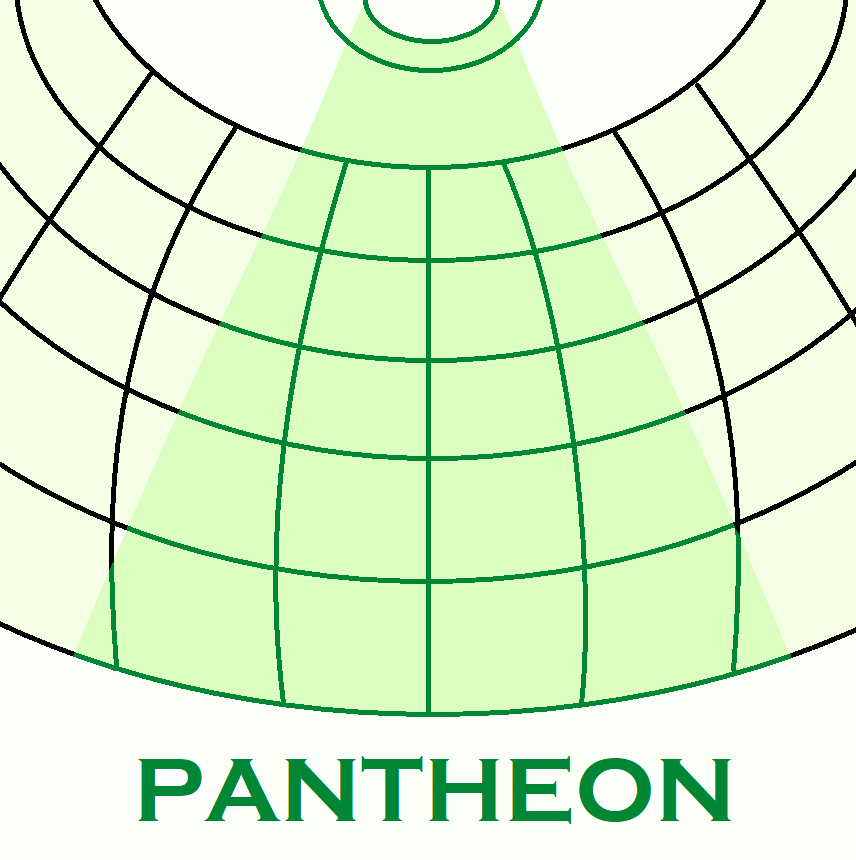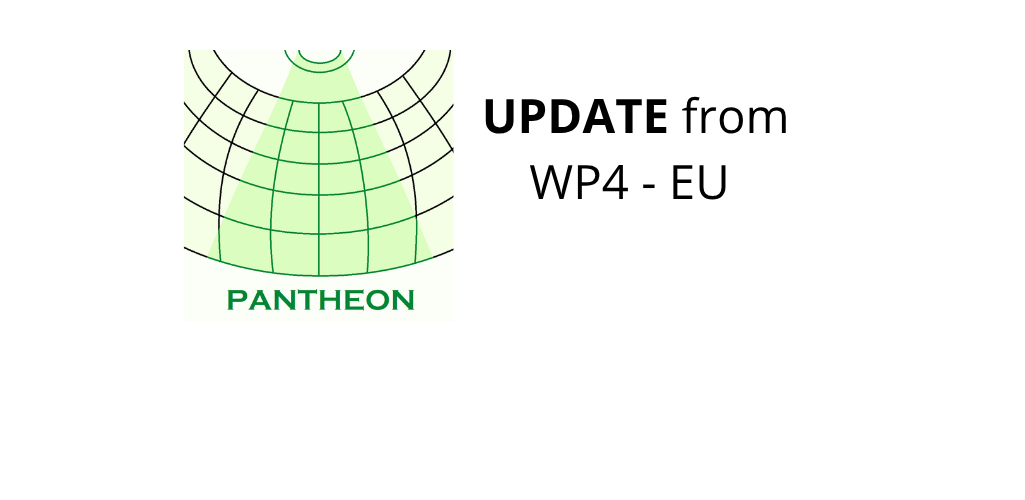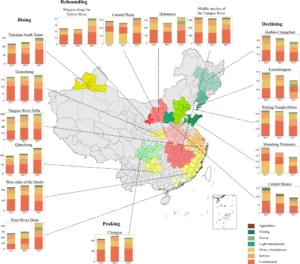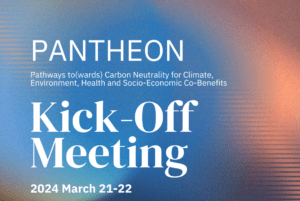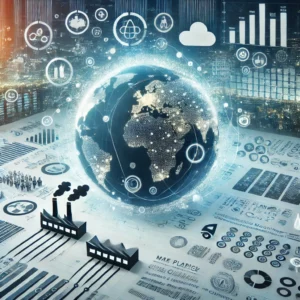Since the last newsletter report (February 2025), WP4 has completed its second deliverable (D4.2): a research report entitled Discourse Network Report that details our work thus far completed on policy discourse networks. Part 1 summarizes the methods used and results of D4.1, i.e. the policy discourse network analysis of the EU Consultation report on the 2030 Climate Target Plan (European Commission, 2020). The Annex of this report summarizes 234 published papers according to stakeholder name, stakeholder category, and stakeholder views regarding the 2030 climate targets. Via a combination of topic modelling and sentiment analysis, we extracted from and transformed this Annex into a series of bipartite network matrices, consisting of stakeholders (node set 1) linked to policy themes (node set 2) according to relations of agreement or disagreement (edges). We next analysed these data via centrality measures, and visualized the networks as digraphs, scaling the node sizes according to centrality scores, thus revealing key themes and stakeholders, as well as patterns of agreement and/or disagreement in the discourse networks. Results revealed five central themes: energy and renewables, energy policy, buildings, transport, and carbon capture. More specifically, stakeholders tended to agree on the importance of renewable energy, energy efficiency, and transport electrification, yet some stakeholders disagreed with expanding the EU Emissions Trading System (ETS), the role of biomass, and/or the potential of carbon capture technologies. Notably, business stakeholders dominated the discourse, with many of these actors agreeing with various themes in this EU consultation. At the same time, NGOs and public authorities were more peripheral actors in certain topic areas, particularly regarding carbon capture.
In Part 2, we summarize new results based on an expanded corpus of media documents (n = 488) based on a keyword search in Nexis Uni, which is a database that aggregates global news, legal, and business sources. The keywords used included “decarbonisation AND EU AND China” or “decarbonization AND EU AND China” The search results were then filtered from January 1, 2024, to January 1, 2025, to capture the most recent discourse, and restricted to find publications in EU countries (non-EU countries in Europe were excluded from the search) and China. Similar to Part 1, we used a combination of topic modelling and sentiment analysis to construct a series of bipartite networks identifying stakeholders, themes, and relations based on agreement and disagreement. Centrality analyses were again performed on these network data and visualized as digraphs. Results show, similar to Part 1, a large amount of agreement among stakeholders (n = 124) in relation to 20 themes, and a small portion of stakeholders (n = 17) were linked to a small number of policy themes (n= 6) via relations of disagreement. Taken together, findings suggest agreement in the discourse space on expanding renewables yet some divergence is detected over how fast and/or extensive fossil fuels can be phased out. Also, the EU’s central role in guiding the energy transition emerges in the findings, with corporate actors also being discussed as playing an important role (e.g. green initiatives versus fossil fuel investments). China also features in Part 2 findings: for example, stakeholders express concern over dependency on Chinese investments, over reliance on Chinese renewable energy-based imports, and EU–China tensions regarding electric vehicle tariffs.
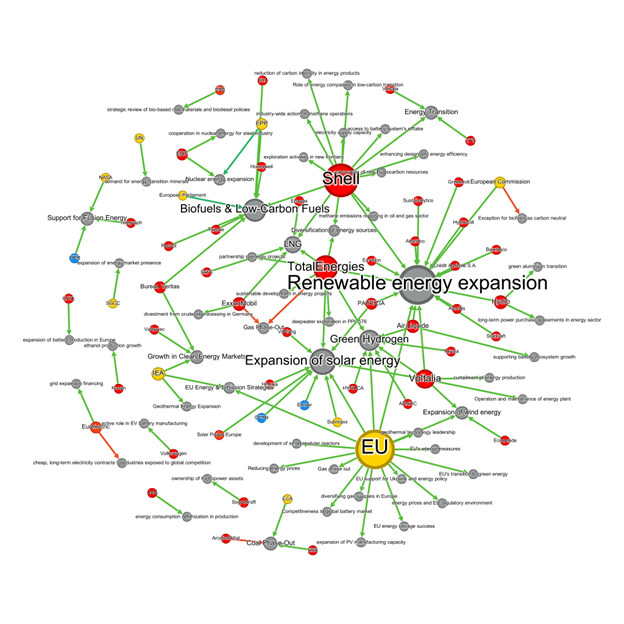
Figure: Example of discourse media network from Part 2 of D4.2, Discourse Network Report (27/02/2025).
Caption: grey nodes = themes, yellow nodes = government, red nodes = business, blue nodes = research/academia, green edges = agreement, red edges = disagreement.
With regards to next steps: As Part 1 only looked at one EU policy document in depth, we will now return our attention to analysing a wider array of EU policy documents to uncover the EU policy discourse pertaining to decarbonisation, with a careful look for discussions regarding the role of EU-China relations in this process. This analysis will be guided, moreover, by the insights of D4.1 and D4.2. The results of this new, wider analysis of EU policy documents, combined with those of D4.1 and D4.2, will not only continue to inform other work packages (notably WP5, but also WP3), but provide a more solid understanding of the policy context in which our Pantheon outputs and final policy recommendations will be situated.
